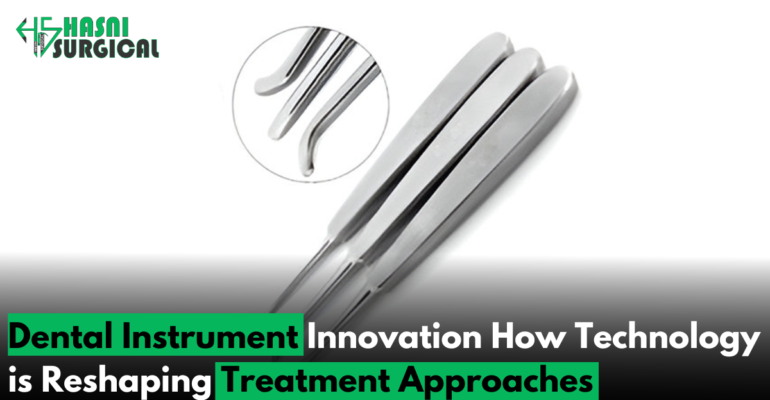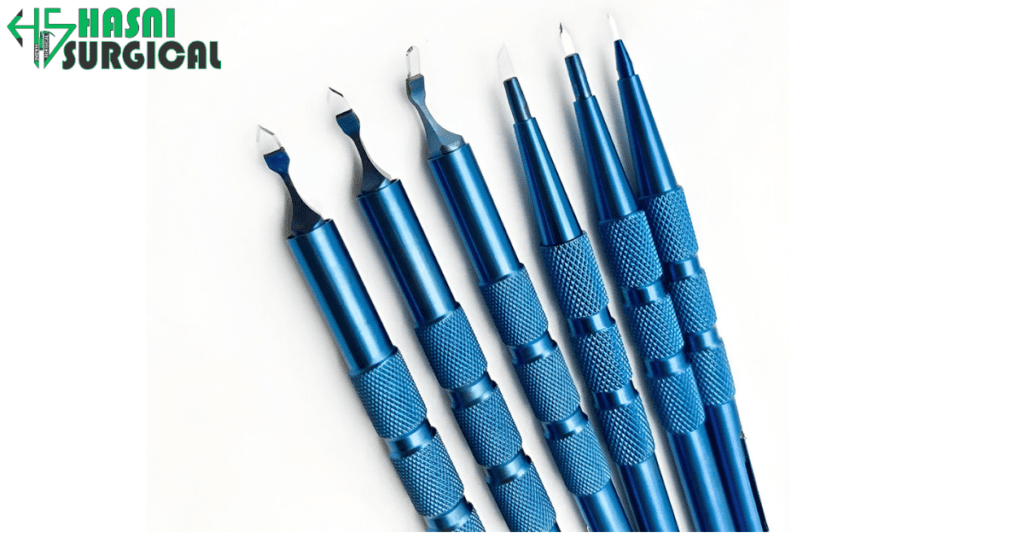Dental Technology’s Impact on Treatment Approaches
June 24, 2024 2025-01-02 11:34Dental Technology’s Impact on Treatment Approaches

Dental Technology’s Impact on Treatment Approaches
Dental Technology
In the realm of dental care, advancements in technology have reshaped how we diagnose, treat, and maintain oral health. From ancient tools of bone and stone to today’s cutting-edge digital innovations, the journey of dental technology reflects a continuous quest for better outcomes and improved patient experiences. Let’s explore how these innovations are revolutionizing treatment approaches and enhancing the overall dental care landscape.
Embracing Digital Precision in Diagnosis
Traditionally, dental diagnoses relied on basic tools like mirrors, probes, and X-rays. While effective, these methods had limitations in accuracy and patient comfort. Enter digital imaging technologies, which have revolutionized diagnostics. Digital X-rays offer clearer images with less radiation exposure, improving diagnostic accuracy while prioritizing patient safety.
One of the standout advancements is Cone Beam Computed Tomography (CBCT), which provides detailed 3D scans of teeth, jaws, and surrounding structures. This technology allows dentists to visualize complex dental issues with unprecedented clarity, leading to more precise treatment planning and better outcomes for patients.
Also read: Importance of Dental Explorers for Accurate Diagnoses in Dental Practices
Enhancing Treatment with Advanced Techniques
Minimally Invasive Dentistry
Modern dentistry increasingly favors minimally invasive approaches that conserve natural tooth structure. Lasers and air abrasion systems have replaced traditional drills for procedures like cavity preparation and gum treatments. These tools offer greater precision, reduce discomfort, and promote faster healing, making dental visits more comfortable and efficient for patients.
CAD/CAM Technology
Computer-aided design and manufacturing (CAD/CAM) systems have streamlined the production of dental restorations like crowns and bridges. Dentists can now design and fabricate custom-fit prosthetics in-office, reducing turnaround times and ensuring superior aesthetic results. This technology not only enhances treatment efficiency but also offers patients personalized care tailored to their unique dental needs.
Robotics: Precision in Practice
The integration of robotics in dentistry represents a cutting-edge frontier. Robotic-assisted systems aid in complex procedures such as dental surgeries and implant placements, enhancing precision and minimizing human error. These advancements improve treatment predictability and patient outcomes, setting new standards for dental care excellence.
Elevating Patient Comfort and Experience
Virtual Reality (VR) and Augmented Reality (AR)
Virtual Reality and Augmented Reality are transforming the dental experience by immersing patients in virtual environments during procedures. These technologies help alleviate anxiety and fear by providing distractions and relaxation techniques, making dental visits more comfortable and less stressful.
Advanced Anesthesia Delivery Systems
Modern anesthesia delivery systems employ computer-controlled technology to administer local anesthesia with precision and minimal discomfort. Automated injection techniques ensure a pain-free experience while enhancing patient safety and satisfaction during dental procedures.
Looking Ahead: Innovations on the Horizon
Artificial Intelligence (AI) in Dentistry
The future of dentistry lies in Artificial Intelligence (AI), which promises to revolutionize patient care. AI algorithms can analyze vast amounts of patient data to assist in diagnostics, treatment planning, and personalized care recommendations. This technology is paving the way for more accurate diagnoses and tailored treatment approaches based on individualized insights.
Bioprinting and Regenerative Dentistry
Bioprinting technologies hold potential for regenerating dental tissues such as teeth, gums, and bone. 3D bioprinters can create scaffolds infused with growth factors and stem cells, promoting tissue regeneration and repair. This innovative approach may offer new solutions for treating dental defects and injuries, ushering in a new era of regenerative dentistry.
Embracing the Future of Dental Care
In conclusion, dental technology continues to advance at a rapid pace, transforming treatment approaches and enhancing patient care across the globe. Each innovation—from digital diagnostics and minimally invasive techniques to robotics and AI—contributes to a more personalized, efficient, and comfortable dental experience. By embracing these advancements, dental professionals can deliver superior care while ensuring that patients maintain healthy smiles for years to come. As we look to the future, the potential for further innovations in dental technology holds promise for continued improvement in oral health outcomes and patient well-being worldwide.
Conclusion
In the realm of dental care, the impact of technological advancements has been profound, revolutionizing both treatment approaches and patient experiences. From the introduction of digital imaging and CAD/CAM technology to the integration of robotics and virtual reality, these innovations have ushered in a new era of precision, efficiency, and patient-centered care.
Digital imaging, such as CBCT, has enhanced diagnostic accuracy with detailed 3D views, allowing dentists to plan treatments with unprecedented precision. Minimally invasive techniques, including laser technology, preserve more natural tooth structure and reduce patient discomfort.
CAD/CAM technology has streamlined the fabrication of dental restorations, offering durable, aesthetically pleasing solutions tailored to each patient. Robotics have further elevated precision in complex procedures, improving outcomes and patient satisfaction. Virtual reality and advanced anesthesia delivery systems have transformed the patient experience, making dental visits more comfortable and less stressful.
Looking forward, the future holds promise for even more groundbreaking advancements. Artificial intelligence is set to enhance diagnostics and personalized treatment planning, while bioprinting technologies may redefine regenerative dentistry by creating dental tissues and structures.
As these innovations continue to evolve, dental professionals worldwide are advancing the field while prioritizing patient care. Each technological leap brings dentistry closer to achieving optimal oral health outcomes and ensuring that dental care remains at the forefront of healthcare innovation.

